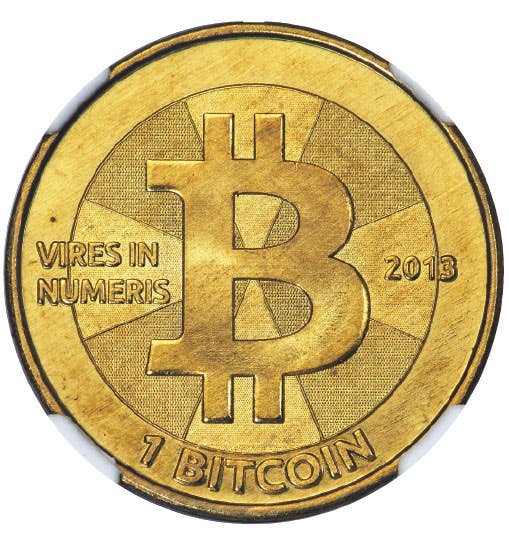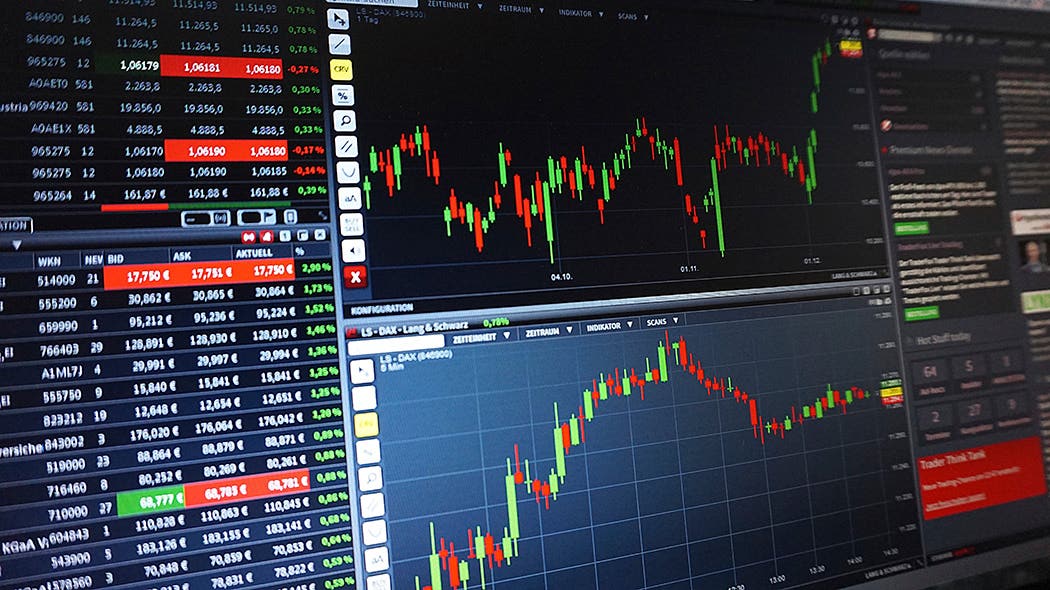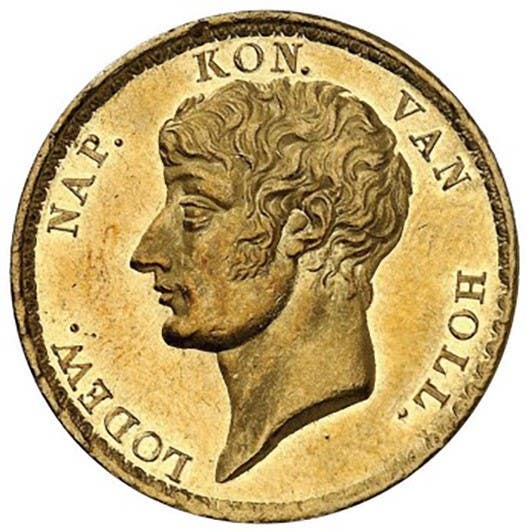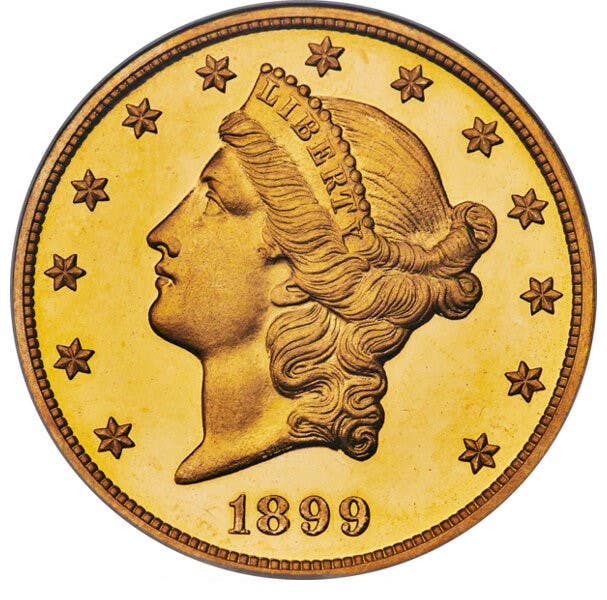Watch silver and base metals
Halloween won’t occur until next Wednesday, according to my wall calendar, but for the financial markets, the time for seeing scary figures seems to have been Friday. Moreover, the holiday…
Halloween won’t occur until next Wednesday, according to my wall calendar, but for the financial markets, the time for seeing scary figures seems to have been Friday. Moreover, the holiday may have an extended run on Wall Street. We will find that out today.
Friday was the 20th anniversary of the 1987 stock market crash. In one day, the market fell more than 20 percent. The significance of that day wasn’t what happened, but what didn’t happen. The U.S. and the world did not plunge into depression. It took a couple more years, a saving and loan crisis and a war in Kuwait to put the economy into reverse.
The coin market also didn’t take notice of the Wall Street mayhem. The boom in slabbed silver dollars was in full force. Grading services were in their infancy then and the volume of coins going to PCGS and NGC was so huge that anybody who could grade that went to work for the services made a bundle, too.
Like the larger economy, it took another couple of years for the silver dollar boom to play itself out.
What about gold? It hardly budged. On Oct. 19, 1987, it was $481.70 a troy ounce. On Dec. 31, it was $486.20. For silver, the crash was a decided negative. It went from $8.19 an ounce to $6.68.
When the crash came in 1987, I had already written an editorial about the effect of rising base metals prices on U.S. coinage. After the crash, it was a worthless topic because the base metals reversed course as silver did. I had to do a rewrite that completely reversed its meaning.
I don’t know what the markets will do today, but I will be keenly watching silver and the base metals.









